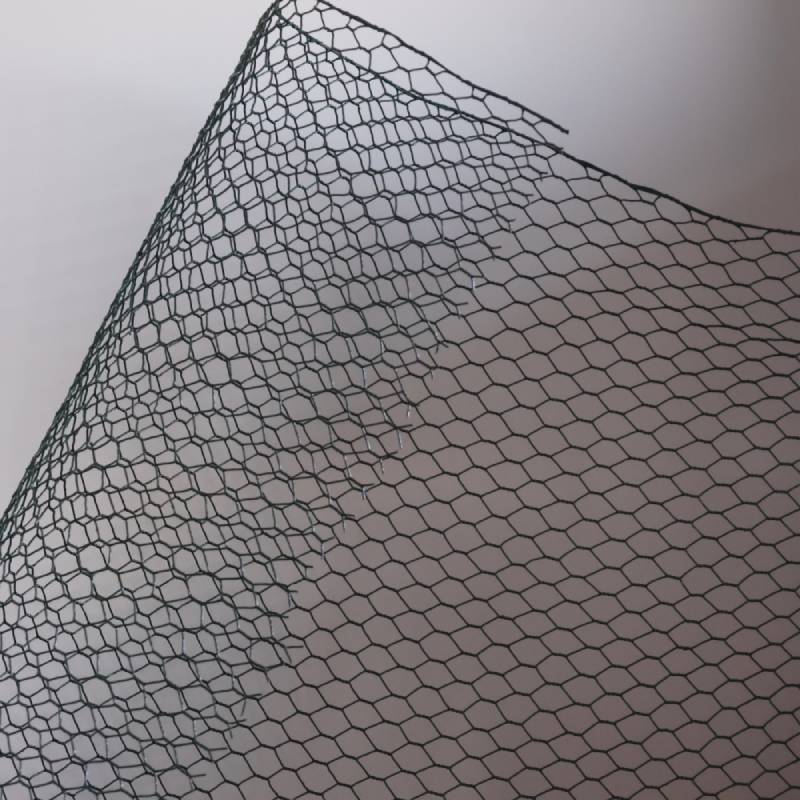equine mesh fencing
Understanding Equine Mesh Fencing A Comprehensive Guide
Equine mesh fencing has become a leading choice among horse owners and ranch managers for its versatility, durability, and safety features. Horses are majestic animals that require secure, reliable fencing to protect them from potential hazards and keep them contained within a designated area. In this article, we will explore the various benefits of equine mesh fencing, its components, and considerations for installation.
What is Equine Mesh Fencing?
Equine mesh fencing is a type of fencing specifically designed for horse enclosures. It typically consists of a grid-like pattern made from high-tensile wire mesh that allows visibility while maintaining a strong barrier. The mesh is usually supported by wooden or metal posts, which can further enhance the perimeter’s stability and strength. Unlike traditional wooden or barbed-wire fences, mesh fencing is designed not only to keep horses in but also to provide a safe environment free from sharp edges that could injure the animals.
Benefits of Equine Mesh Fencing
1. Safety One of the primary concerns when fencing in horses is safety. Equine mesh fencing minimizes the risk of injury from sharp edges and potential entrapment, attributes that can be particularly hazardous with barbed wire or wooden posts. The smooth surface and voids in the mesh allow horses to see through the fence, reducing anxiety and the likelihood of them trying to jump or escape.
2. Durability Constructed from high-quality materials, equine mesh fencing is designed to withstand the harsh elements of the outdoors. It can resist rust, corrosion, and wear over time, making it a long-lasting investment for horse owners. Moreover, its robust nature can endure the pressures of large animals leaning against it or attempting to break free.
equine mesh fencing

3. Visibility and Ventilation The open structure of mesh fencing allows for adequate visibility, which is crucial for both horses and their caretakers. Horses are herd animals and often feel more secure when they can see their surroundings and other horses. The airflow that mesh fencing permits also helps to keep the area well-ventilated, promoting a healthier environment for both the animals and pasture.
4. Maintenance Compared to traditional fencing materials, equine mesh fencing is relatively low maintenance. While occasional checks and minor repairs may be necessary, the overall durability of the materials minimizes the frequency and cost of upkeep.
5. Customizability Equine mesh fencing comes in various heights, materials, and designs, making it adaptable to the specific needs of different properties and types of horses. Whether you require a higher fence for jumpers or a standard height for leisure horses, you can customize your fence to match your needs.
Considerations for Installation
Before finalizing your equine mesh fencing project, here are some important factors to consider
- Post Material The choice of posts is crucial for the integrity of the fence. Wooden posts are traditional, but metal or synthetic options can offer enhanced longevity. - Gate Access Ensure your fencing plan includes appropriate gates for easy access to your horses, as well as for equipment and maintenance needs. - Terrain Assess the land where the fencing will be installed. Rocky or uneven terrain may require additional support during installation.
In summary, equine mesh fencing provides an effective solution for horse containment and safety. With its blend of durability, visibility, and low maintenance requirements, it stands out as a premier choice for horse owners. Whether you're building a new pasture or upgrading your current fencing, equine mesh fencing offers the reliable solution you need to ensure the safety and well-being of your horses.
-
Weather Resistance of Woven Wire and Chicken Wire Fencing MaterialsNewsJun.05,2025
-
Umbrella Nails Innovations in Roofing Fasteners for Wind ResistanceNewsJun.05,2025
-
Modern Barbed Wire Fence Designs for Perimeter ProtectionNewsJun.05,2025
-
How Iron Nail Wire Enhances Nail Strength and Installation EfficiencyNewsJun.05,2025
-
High-Security Razor Fence Solutions for Perimeter ProtectionNewsJun.05,2025
-
Durable Wire Netting Fence Solutions for Animal EnclosuresNewsJun.05,2025




